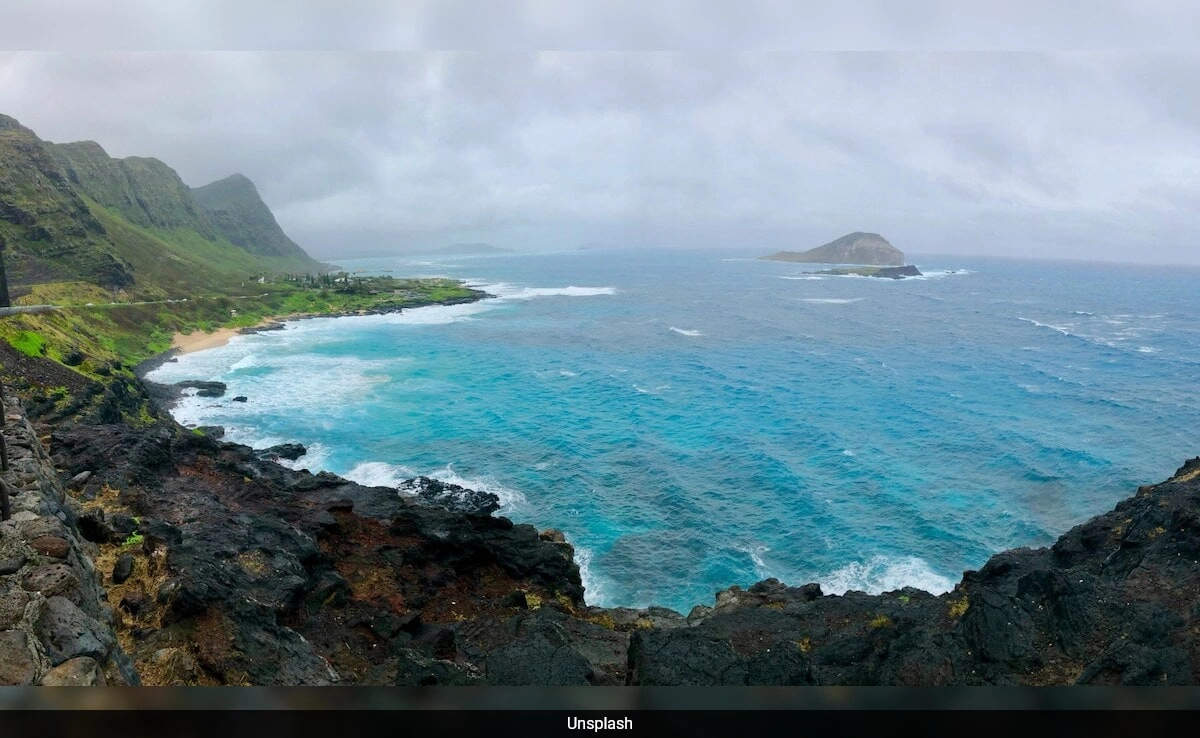Recent archaeological findings in a cave have revealed that ancient voyagers successfully transported rice across an incredible distance of over 2,300 kilometers across the Pacific Ocean. This astonishing discovery not only sheds light on the remarkable navigational skills of these early seafarers but also highlights the significant role of rice as a staple food in their diet. The cave, located on an island that was previously thought to have limited contact with agricultural societies, now poses new questions about the extent of prehistoric trade routes and cultural exchanges among Pacific Island communities.
The evidence found within the cave includes remnants of rice grains and tools used for processing the grain, indicating that the inhabitants were not only capable of bringing rice over vast distances but also had the knowledge to cultivate and utilize it effectively. This suggests a level of sophistication in their agricultural practices and social organization that may have previously been underestimated. The findings challenge long-held assumptions about the isolation of certain island groups in the Pacific and pave the way for a reevaluation of how ancient peoples interacted with one another.
Furthermore, this discovery has implications for understanding the spread of agriculture across different regions of the Pacific. It raises intriguing questions about how these voyagers navigated the vast ocean, what routes they took, and how they managed to sustain themselves during long journeys. The findings contribute to a growing body of evidence that indicates that early Polynesians were not only skilled navigators but also adept at establishing complex networks of trade and communication across vast distances. This interconnectedness among island communities could have facilitated the exchange of not just agricultural products but also cultural practices, leading to a richer tapestry of life in the Pacific.
In summary, the cave discovery serves as a significant reminder of the ingenuity and adaptability of ancient societies. It highlights the importance of rice as more than just a food source; it symbolizes the intricate web of social interactions and exchanges that existed in the Pacific. As researchers continue to analyze these findings, they will undoubtedly uncover more insights into the lives of these early voyagers, ultimately enriching our understanding of human history in the Pacific region. The implications of this discovery extend beyond the realm of archaeology, inviting us to reflect on the enduring legacy of exploration and adaptation that characterizes the human experience.




